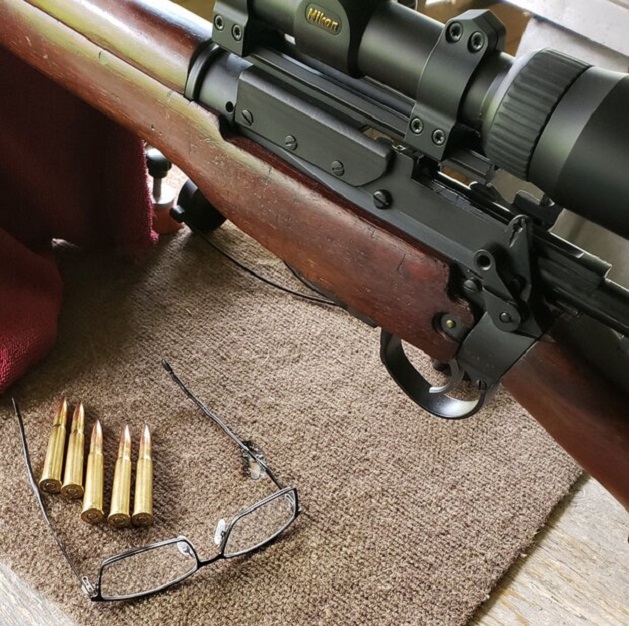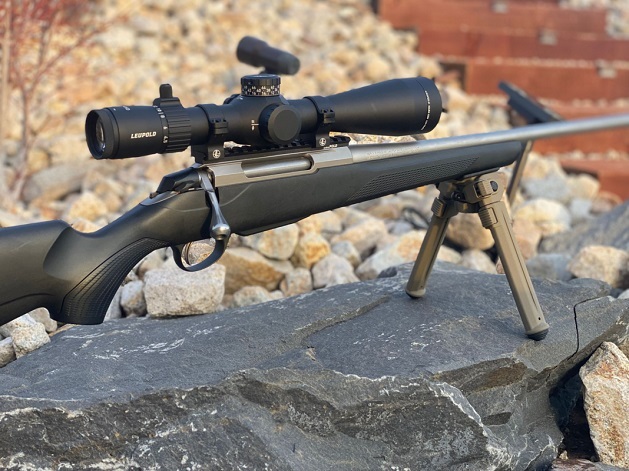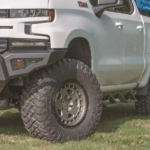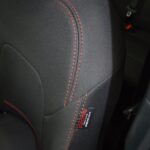You know the thrill that pulses through your shoulder the instant a bolt locks shut and a fresh target waits a hundred yards out. That mix of focus and adrenaline pushes you to look past flashy ads so you end up with rifles that truly serve you in the field or at the range.
Your rifle does more than cycle rounds; it anchors every hunt, match and weekend practice session you map out. The advice below gives you straight talk on proven models and the upkeep habits that keep each one running strong.
What Is the Best Rifle Right Now?
“Best” depends on how you shoot, how far you stretch your skills and the kind of game you plan to punch. Instead of chasing a single champion, look at rifles that excel in specific roles, from heritage classics to modern chassis builds that chase sub-MOA groups. The following standouts cover that spread.
British 303 Rifle

Not every collector calls the responsive and user-friendly British 303 rifle by its formal name, Short Magazine Lee-Enfield, yet nearly everyone recognises its unmistakable silhouette. Designed in 1895 and produced through 1957, it fed millions of Commonwealth troops with a ten-round magazine that turned bolt-action fire into something close to rapid-fire for its era. Total production topped 17 million, a number few service rifles can match.
Build quality starts with stout steel locking lugs and a rear receiver bridge that lets the bolt glide forward without chatter. A full-length wood stock balances the rifle, while the 25-inch barrel adds just enough weight to hold the sight picture steady. Later No. 4 variants swapped the open rear sight for a rugged aperture, and wartime “jungle carbine” models shaved barrel length for close-country work. Spare parts remain easy to source thanks to post-war production at the Pakistan Ordnance Factory, so you can replace a worn extractor or striker spring without hunting rare spares.
Keep the bore bright by running a solvent-soaked patch after every outing, then brush the chamber and wipe the bolt body before laying on a thin coat of oil. Check headspace with a proper gauge; decades of cordite-fueled use can stretch chambers. Commercial .303 brass often runs thick around the web, so anneal lightly and full-length-size to ease chambering during reloads.
On the firing line, seat the butt firmly, push the bolt forward with purpose, thumb the rimmed cartridges down and ride the crisp seven-pound trigger. Recoil feels brisk yet controllable, and the generous sight radius rewards a solid cheek weld. A 174-grain bullet stays supersonic past 600 yards, making a steel ring with a satisfying clang. Fit a snap-in charger guide and you can top off magazines almost as fast as semi-auto shooters next to you. Treat the Lee-Enfield with respect and it returns match-worthy accuracy while carrying a century of history on its shoulders.
Ruger Precision Rifle
Ruger’s chassis-built Precision Rifle drops you straight into long-range shooting without a catalogue of upgrades. A folding AR-style stock lets you dial length-of-pull, cheek height and buttpad cant so eye relief lines up the first time. Cold-hammer-forged barrels ship in popular calibres—from .308 Winchester through 6 mm Creedmoor and even .338 Lapua in the Magnum model—so you can match recoil, trajectory and local ammo prices to your budget.
Three-lug bolts give a short 70-degree lift, clearing high-rise optics, while the free-float M-LOK handguard grabs any bipod or bag rider. You can swap barrels at home using Ruger’s barrel nut, provided you mind torque specs and headspace gauges. Keep accuracy tight by cleaning the bore every 150 rounds, checking chassis screws with a fat-wrench and wiping the bolt lugs with a dab of grease. Mate the rifle to a 4-16× or 5-25× optic, verify dope to 1,000 yards and you have a competition-ready rig that still fits a deer stand.
Tikka T3x

Finnish maker Tikka machines the T3x action from a single bar of steel, then mates it to a cold-hammer-forged barrel that rarely walks shots as it warms. In Lite trim, the rifle tips the scale near six pounds, so you can hike ridge after ridge without gassing out, yet it still settles quickly on target once you cinch a sling. A two-lug bolt glides on polished rails—even in sleet or wind-blown dust—and the crisp three-pound trigger breaks without creep.
Synthetic stocks come with a modular grip that changes wrist angle for prone or standing shots, and the recoil pad clicks into thicker spacers if you need extra length of pull. Detachable magazines hold three to six rounds, depending on calibre, and you can top-feed single rounds during slow-fire practice. Popular chamberings include 6.5 CM, .270 Win and .300 WSM, giving you one receiver that covers varmints to elk. After each hunt, pull the bolt, run a single wet patch down the bore, follow with a dry one and wipe any pine needles from the lug raceways—simple, fast and effective.
Savage 110 Precision
Savage merges its time-tested 110 action with an MDT LSS-XL aluminium chassis to create a rifle aimed straight at PRS and NRL club matches. The skeletonised chassis wears a flat-dark-earth Cerakote, shaves weight where you don’t need it and accepts AICS-pattern mags for fast reloads. The user-adjustable AccuTrigger drops as low as 1.5 pounds, so you break shots exactly when you want, not a millisecond later.
Savage’s floating bolt head self-centres in the lugs, helping the heavy 20- or 24-inch barrel hold 0.7-MOA groups with factory match ammo. The AccuFit system ships with spacers for comb height and length of pull; it takes about five minutes to match the stock to your torso. Threaded muzzles arrive cut 5/8-24, ready for brakes or suppressors.
If you crave a new caliber, loosen the lock-nut, spin off the barrel, screw on a pre-fit and set headspace with a go gauge—no gunsmith bill required. Keep performance consistent by torquing chassis screws to 65 inch-pounds, cleaning the bore every 200 rounds and logging your dope after each stage.


